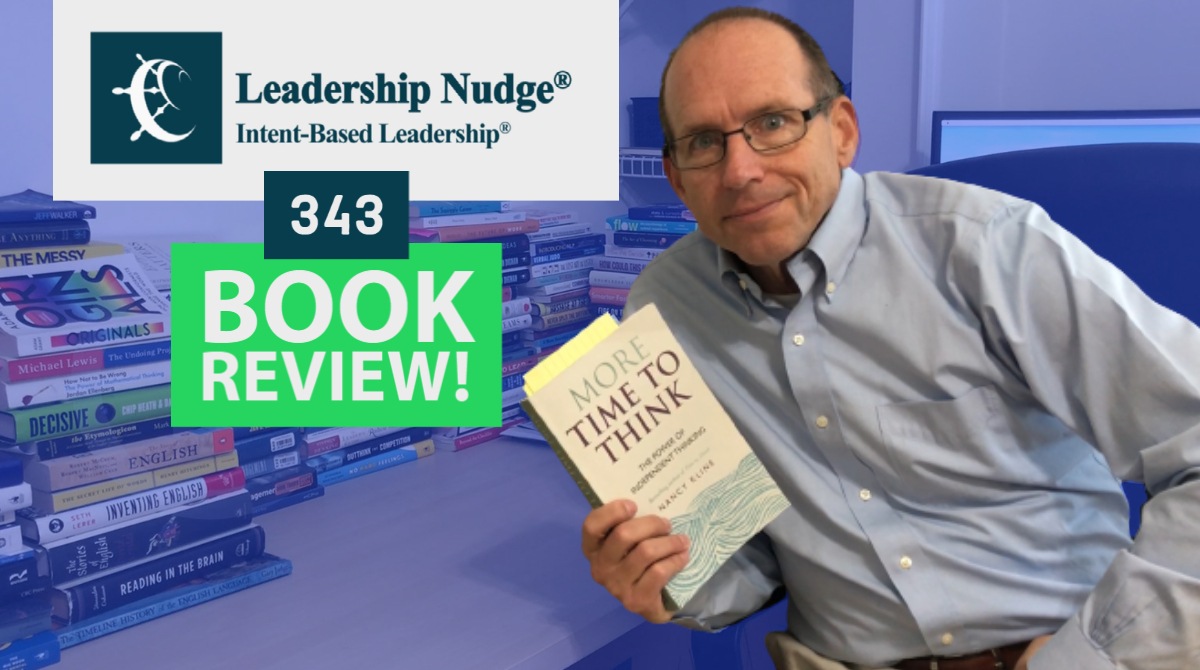In a workshop for a global company, a group of senior executives have just watched a short video clip of the Oscars where Warren Beatty opens the envelope for the award he is to announce with Faye Dunaway – pauses, does a double check for another card, pauses again, and eventually shows the card to Faye. She announces “La La Land,” the wrong movie.
The exercise starts with “Describe what you saw” and the executives respond: confusion, fear, uncertainty, pressure, stress.”
But none of these are things you see, they are interpretations of things we see. Things we see sound like “His head was turned down” or “His jaw was tight and eye brows furrowed.”
Observation and description are teachable skills and one of the most underrated teachable skills. Many organizations are distributed across wide distances and with COVID causing many workers to work remotely, this trend has been accelerated. What does the person in the next continent, time zone, or even cubicle see?
On board USS Santa Fe, we had numerous examples of the power of description. In the scary event of a fire, the second in command (Exec) goes to the scene of the fire and the captain goes to the control room. An initial report for a fire is “fire.” But this could be anything from a smoldering circuit breaker to a wall of flames with heavy black smoke. So we trained on painting a picture of the fire – the exec with his words and me imagining what he meant. Afterward, we would compare notes to see how closely my picture matched reality and make adjustments.
We would walk new officers through small (closet sized) machinery spaces and ask what they “saw.” Often, I would notice a drop of oil on the bottom of a pipe flange (indicating a small oil leak) or a faint stain of rust running down a pipe (indicating a small water or steam leak). When I asked the officer what they saw, they would have missed these.
When teams want to make decisions, the tendency is to jump straight to “what should we do,” but this is based on “what do we think” which is based on “what do we all see.” If we all see different things, then the discussion about what we should do will be confused.
Even though it might seem like it takes longer, the next time you have a decision to make, start with “How do we all see this” or “What do we see.” With practice, this will go faster and will enable better decisions.
To learn more, watch Leadership Nudge 330: Leadership Nudge® 330 – Make Observations Not Evaluations



